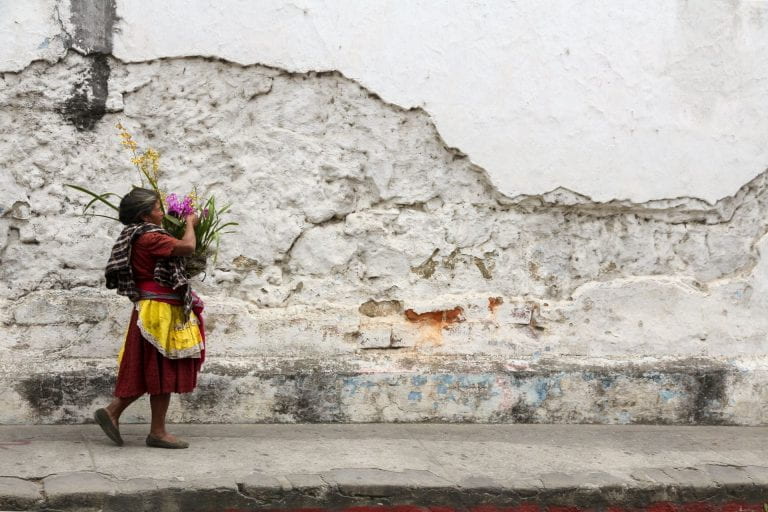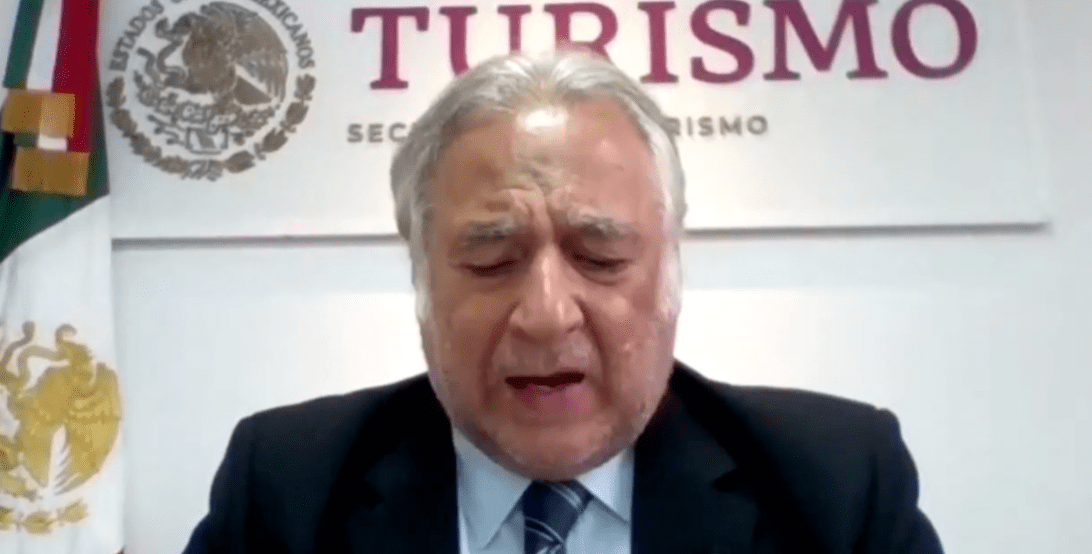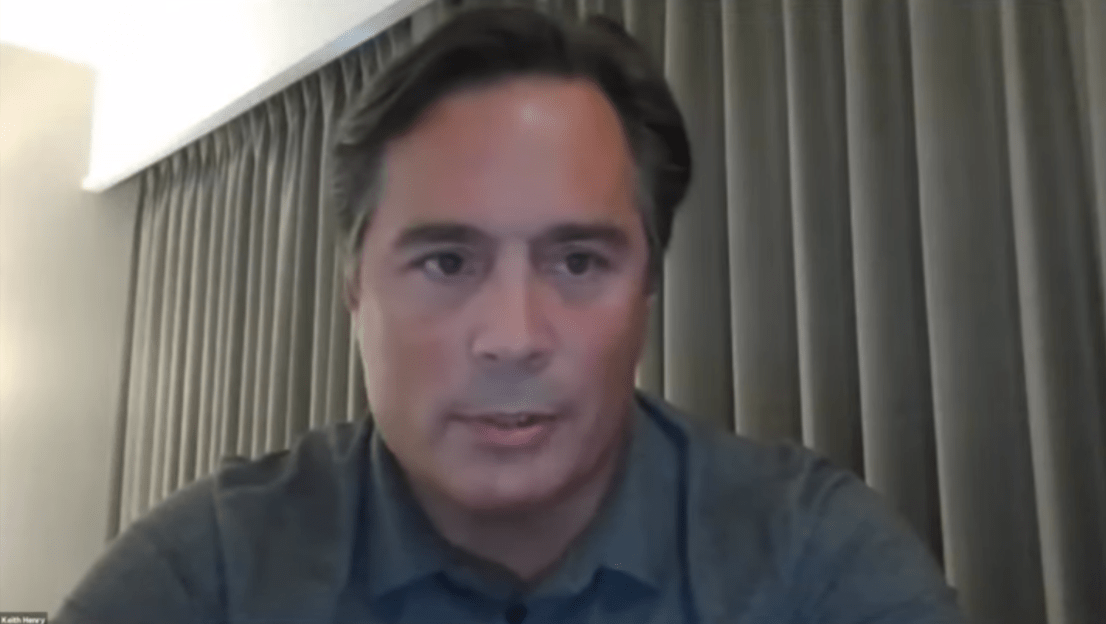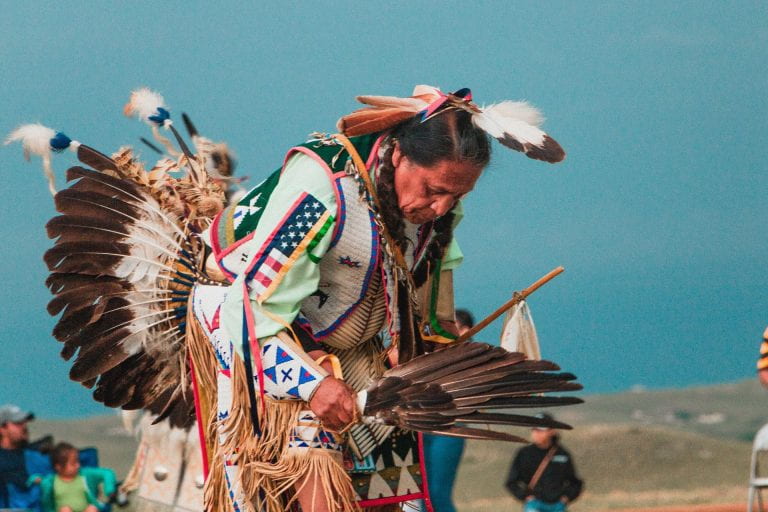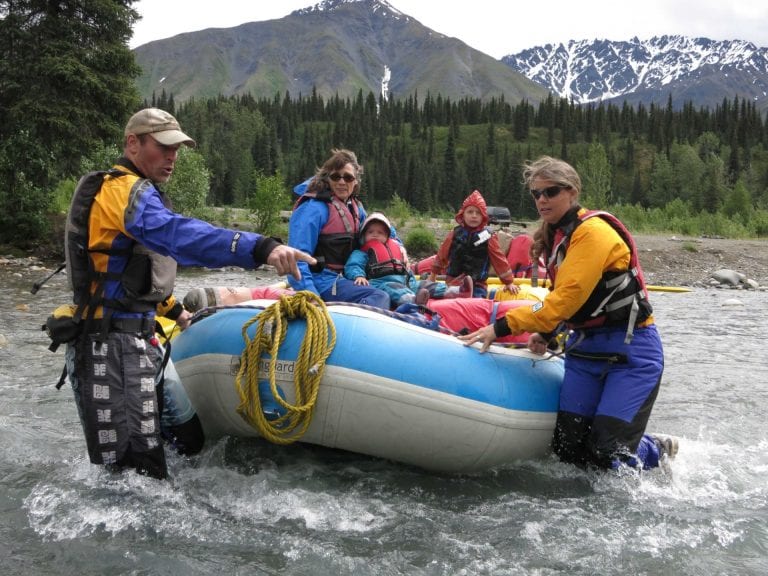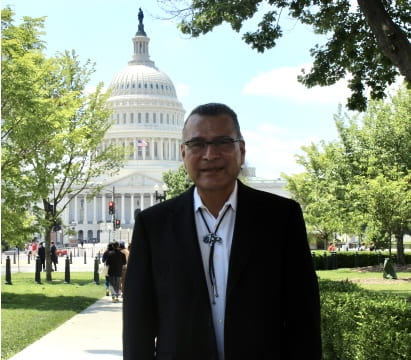
The George Washington University International Institute of Tourism Studies (GW IITS) celebrates big news this month. Our ongoing facilitation of the South Dakota Native Tourism Alliance makes us especially proud to announce that Alliance members Tiana and Guss Yellowhair were recently presented the “Excellence in Customer Service” Award from the American Indian Alaska Native Tourism Association (AIANTA).
We are also celebrating the addition of Ed Hall to the GW IITS team as the Indigenous Tourism and Economic Development Executive in Residence.
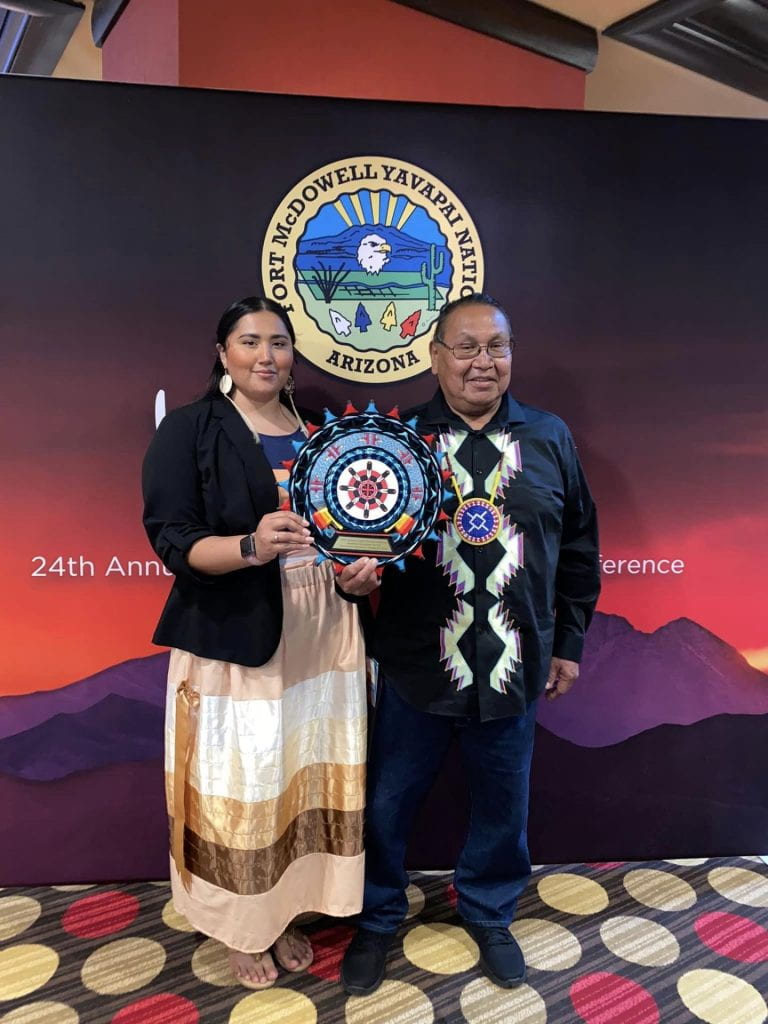
The Yellowhair father and daughter, Guss and Tiana, own Tatanka Rez Tourz on the Pine Ridge Reservation, established in collaboration and partnership with many local, regional and national Native organizations. At the 2022 AIANTA conference, the Yellowhairs were cited for their “Excellence in Customer Service”, an award commending their work providing authentic Native tour experiences to visitors while educating them about Native issues.
Takanka Rez Tourz connects visitors with the Lakota language and culture and provides past and present history of the reservation. “A lot of hard work and long days went into this business in order to share knowledge, build bridges and carry-on the traditions and practices of everyday Lakota teachings,” said Gus Yellowhair to the Lakota Times.
Tanka Rez Tourz provides male, female, elder and youth perspectives. The Yellowhair team make visitors feel welcomed and at home and introduces them to etiquette that best respects Native communities.
As artists, Guss (a traditional hide drum-maker) and Tianna (an illustrator) share their work and invite local artists and performers to showcase their talents–singing, dancing, speaking, performing or storytelling. Visitors experience Lakota artistry firsthand.
GW IITS treasures their partnership in the South Dakota Native Tourism Alliance and applauds their exemplary business model and excellence in customer service.

We are also celebrating the addition of Ed Hall as Indigenous Tourism and Economic Development Executive in Residence. Ed’s distinguished background in Indigenous tourism includes three decades of experience at the U.S Bureau of Indian Affairs (BIA), including more than two decades as BIA Tourism Coordinator. Ed has spearheaded innumerable initiatives that continue to have major positive impacts in Indigenous tourism.
He established a permanent tribal presence in the National Academy of Science Transportation Research Board, which led to the Inter-tribal Transportation Association, an arm of the National Congress of American Indians (NCAI). That series of events helped raise Indian roads funding levels from $100 million in 1992 to more than $550 million in 2021.
Ed helped write and guide the Native American Tourism Improving Visitor Experience (NATIVE) Act, a law designed to increase American Indian, Alaska Native and Native Hawaiian capacity for tourism. Ed was also lead staff for the U.S. Department of Interior in the implementation of the NATIVE Act, which has been subsequently funded annually since 2018.
Ed’s work has ensured that tribal groups are included in U.S. agency programs and discussions. He created the tribal outreach program for the National Scenic Byways America’s Byways Resource Center, and was instrumental in establishing the American Indian Tourism Conference in 1998 which led to the formation of American Indian Alaska Native Tourism Association (AIANTA). He represented the BIA in the creation of the Tribal Technical Assistance Program for the Federal Highways Administration and contributed to the incorporation of Indian Country into Lewis and Clark Bicentennial and Sesquicentennial of the Civil War commemorations. A speech Ed gave on U.S. tribal tourism at the Organization of American States (OAS) Ministerial on tourism in Lima, Peru, led to a collaboration between OAS, the Office of Indian Economic Development (OIED) and GW IITS and the creation of the Indigenous Tourism Forum of the Americas and the Indigenous Tourism Collaborative of the Americas.
In addition to his new role for GW, Ed serves on the Executive Council of the Native American Food Sovereignty Alliance (NAFSA), is an Advisory Board Member for Travel Unity, is the President of the Carlisle Indian School Project Board of Directors, and is on the Advisory Board of the Anne Marie Deruyttere Indigenous Peoples Foundation.
This Native Heritage Month, we proudly celebrate the accomplishments of Guss and Tianna Yellowhair and the talents and vision of Ed Hall, whose commitment to building Indigenous community capacity, amplifying Indigenous voices, and creating positive change will lift GW IITS efforts to promote, develop, and sustain Indigenous tourism.






